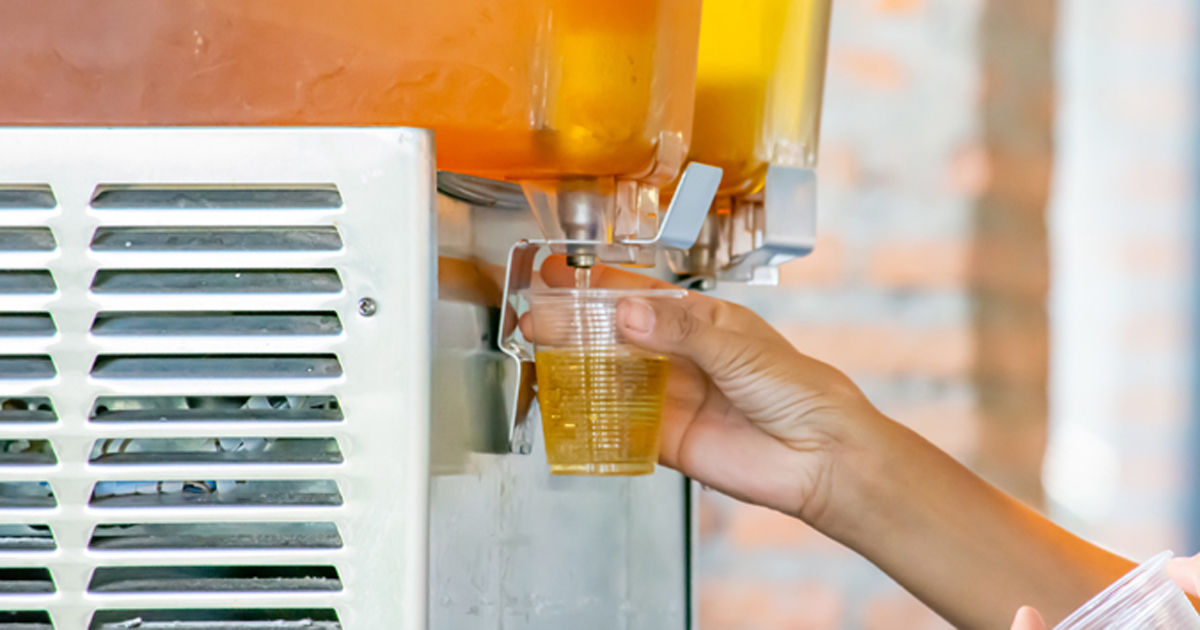Contaminated tea dispenser causes MBL-producing Enterobacteriaceae outbreak

Researchers identified a contaminated tea dispenser as the cause of a pediatric outbreak of metallo-beta-lactamase-producing Enterobacteriaceae at a children’s hospital in Japan.
The outbreak lasted from May to December of 2014 at the Tokyo Metropolitan Children’s Medical Center in a joint pediatric cardiology and ophthalmology ward with 27 beds.
“Placement of self-served tea dispensers at a children's hospital may be unique in some countries. However, we experienced the multidrug-resistant (MDR) Enterobacteriaceae outbreak through the tea dispenser, even though it was cleaned as recommended by the manufacturer,” Kenta Ito, MD, of the division of infectious diseases, department of pediatrics, at Tokyo Metropolitan Children’s Hospital, told Infectious Diseases in Children. “This is the first report of an MDR bacteria outbreak caused by a tea dispenser, which should be included in an investigation in the case of an outbreak.”
Metallo-beta-lactamase (MBL)-producing Enterobacteriaceae Klebsiella pneumoniae was discovered after a patient with chronic diarrhea was tested for other pathogens. It was identified in two additional patients in the same ward, which triggered active surveillance that identified six more patients with the MBL-producing Enterobacteriaceae through rectal swabs.
Weekly active surveillance was conducted on all patients in the ward who did not have a previous history of colonization or infection of the pathogen. Researchers investigated possible contaminates by collecting environmental cultures on 8 separate days during the outbreak. Patients were not allowed to use public areas to prevent contact with a potential source of transmission. Environmental cleaning with 0.1% hypochlorite was increased from one to three times a day.

During the study period, 249 patients were admitted to the ward and 145 were given rectal swabs and included in the report because of the length of their stay. A total of 36 patients yielded 39 strains of MBL-producing Enterobacteriaceae, 30 of which were K. pneumoniae. Four of the seven environmental samples that isolated K. pneumoniae were taken from a tea dispenser in the public area of the ward. A multivariate analysis showed that acquisition of the pathogen was associated with use of the tea dispenser (adjusted OR = 43.69; 95% CI, 7.33-260.49) and longer length of hospital stay (aOR = 1.03; 95% CI, 1.01-1.04).
In later interviews with cleaning staff, researchers learned that the staff members responsible for cleaning the tea dispenser also disposed of children’s diapers, and that they did not have adequate hand hygiene knowledge or practices. Although the staff cleaned the tea dispenser according to the manufacturer’s instructions, their inadequate hand hygiene practices combined with the fact that the MBL-producing Enterobacteriaceae was found on an interior part of the dispenser only handled by cleaning staff suggests that they were responsible for contaminating the tea dispenser. – by Erin Michael
Disclosures: The authors report no relevant financial disclosures.
